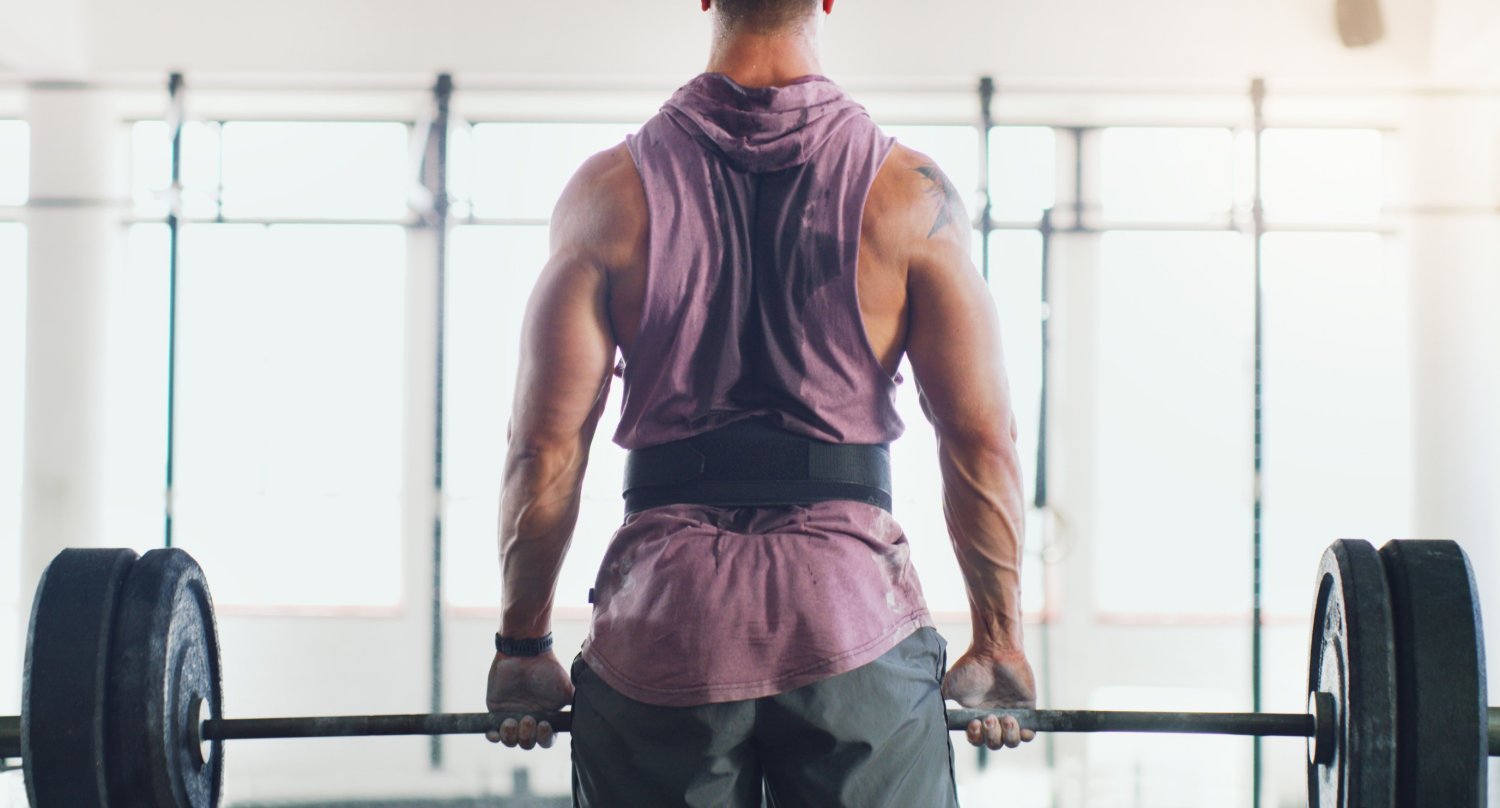Types of Lifting Belts: Pros and Cons, Benefits, & More
Lifting belts (also known as weight belts) are a common sight in gyms. They are typically crafted from thick leather, measure four to six inches in width, and are secured with a metal buckle around the waist.
Distinguishing them from corset-style back braces is crucial, as they serve different purposes. With various styles, thicknesses, and materials available, selecting the right lifting belt depends on your specific training goals and activities. Choosing the wrong type can lead to discomfort or hinder performance.
While some people wear them just to look cool, they actually serve a purpose for those who train hard and with heavy weights.
In this article, we will dive deeper into different types of lifting belts, outlining their pros, cons, and ideal users to help you make an informed choice if this is something you’re looking to invest in.
Disclaimer: This article is for informational purposes only and is not meant to treat or diagnose any condition. It is recommended that you speak with your doctor before engaging in any exercise program.
What Does a Lifting Belt Do?
Lifting belts are crucial in enhancing core stability during heavy lifts by increasing intra-abdominal pressure, creating a rigid brace for muscles to work against. This stabilizes the core, maintaining a neutral spine and reducing the risk of lower back hyperextension or rounding — a common cause of lifting injuries.
While a weightlifting belt helps maintain a stronger and more secure torso, it’s not a substitute for proper technique or a guarantee against injuries. It should complement the correct form, not replace it. Learning to brace the core correctly is important for safe and effective strength training.
Different Types of Lifting Belts
People generally choose lifting belts tailored to their specific gym activities. Below are some of the most common lifting belts on the market.
1. RECREATIONAL LIFTING BELTS
These belts are well-suited for general fitness enthusiasts and lifters seeking fundamental support. Offering ease of use, they typically feature a single-prong buckle or Velcro for quick fastening. Providing a snug and comfortable fit, they are versatile enough for various exercises.
However, they may lack the rigidity and specificity required for certain sports and advanced movements. While easy to use and suitable for a broad range of exercises, they might not offer sufficient support for highly advanced lifters or specific movements.
Choosing a belt based on individual needs is crucial, especially for competitive lifters or those requiring support for specific exercises.
2. SINGLE-PRONG AND DOUBLE-PRONG BELT
The single-prong belt, commonly made from leather or durable synthetic materials, is a popular and affordable choice. Its slim and contoured design appeals to lifters who prefer a less bulky option.
With only one prong, it offers quick and easy removal. Though high-quality single-prong belts are secure when worn correctly, some lifters may opt for a double-prong for added reassurance. The use of fewer materials contributes to its affordability, making it a practical option.
Double-prong belts closely resemble single-prong ones, with the key distinction being the presence of two prongs instead of one. While slightly more challenging to fasten and unfasten, the most important point (though not universally proven) is that the two prongs distribute stress more evenly, potentially reducing the likelihood of belt failure. This belief has contributed to their popularity among lifters who prioritize added security during heavy lifts.
3. CROSSFIT BELTS
The design of this lifting belt varies based on the lifter’s preferences, typically prioritizing flexibility, comfort, and rigidity. The belt is ideal for CrossFit enthusiasts, allowing for quick on-and-off transitions between belted and non-belted movements. It is made from flexible nylon and features a fastening mechanism, often using Velcro or a ratchet system, enabling lifters to customize the fit swiftly for different movements.
The flexibility of the material accommodates a wide range of motions, but it may not provide extreme rigidity for maximal lifts like deadlifts and squats. Some caution arises with the use of Velcro, which may come undone, focusing on the importance of a dual Velcro and ratchet-style belt for security.
4. OLYMPIC WEIGHTLIFTING BELTS
Olympic weightlifting belts, available in leather or nylon, cater to different lifter preferences. While leather offers rigidity, some opt for nylon’s flexibility, especially in deep cleans and snatches.
Featuring a slight taper for unrestricted squatting, these belts align with competition standards like those by USA Weightlifting (USAW) and the International Weightlifting Federation (IWF). Fastening with a smaller prong-style buckle or a ratchet and Velcro system, they prioritize adjustability and stay inconspicuous during dynamic movements.
Striking a balance between flexibility and rigidity, these lifting belts suit lifters desiring support without disrupting movement. However, proper breathing is crucial with nylon’s less rigid structure, and untapered leather belts may cause discomfort during some lifts.
5. PULL-UP, DIP, AND BELT SQUAT BELTS
While not exactly something you’d wear to provide support during lifts, this type of belt is great for building strength and size. It is ideal for weighted pull-ups and dips, as these specialized belts feature a padded, tapered design for comfort and a secure fit. They are equipped with a robust steel chain and allow substantial weight additions, promoting progression in bodyweight exercises.
Ideal for specific movements, these belts lack back or torso support. Their form-fitting design ensures comfort while accommodating added weight, making them a valuable tool for targeted strength enhancement in pull-ups, dips, and belt squats.
Steroids4U.eu – Steroids4U.net – Steroids4U.to | Best EU Online Steroid Shop – Buy Steroids

Žiadne komentáre:
Zverejnenie komentára